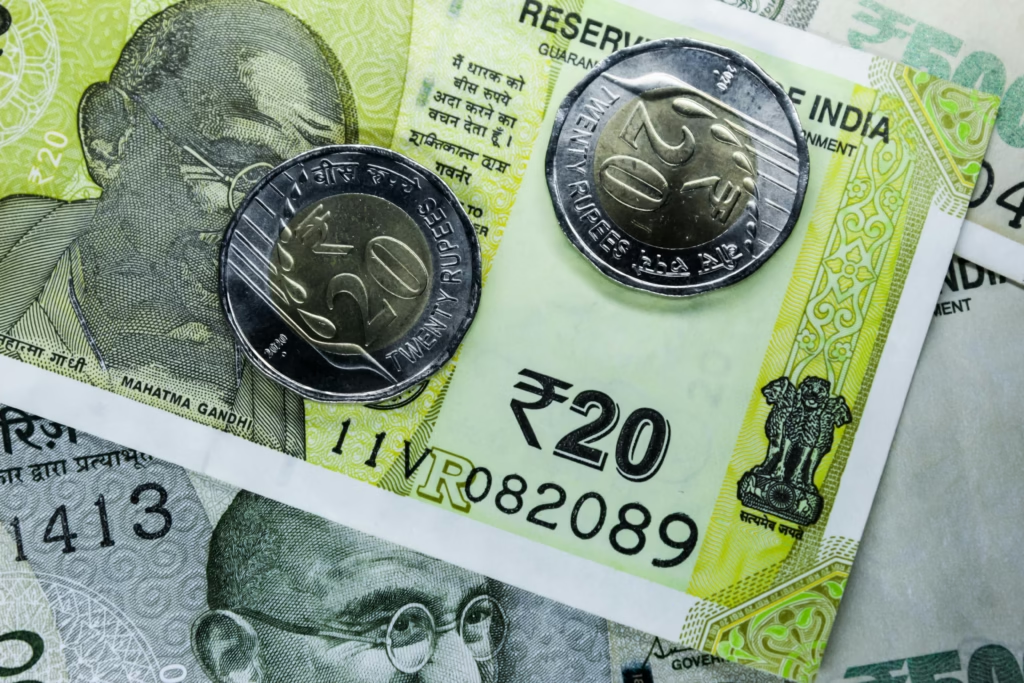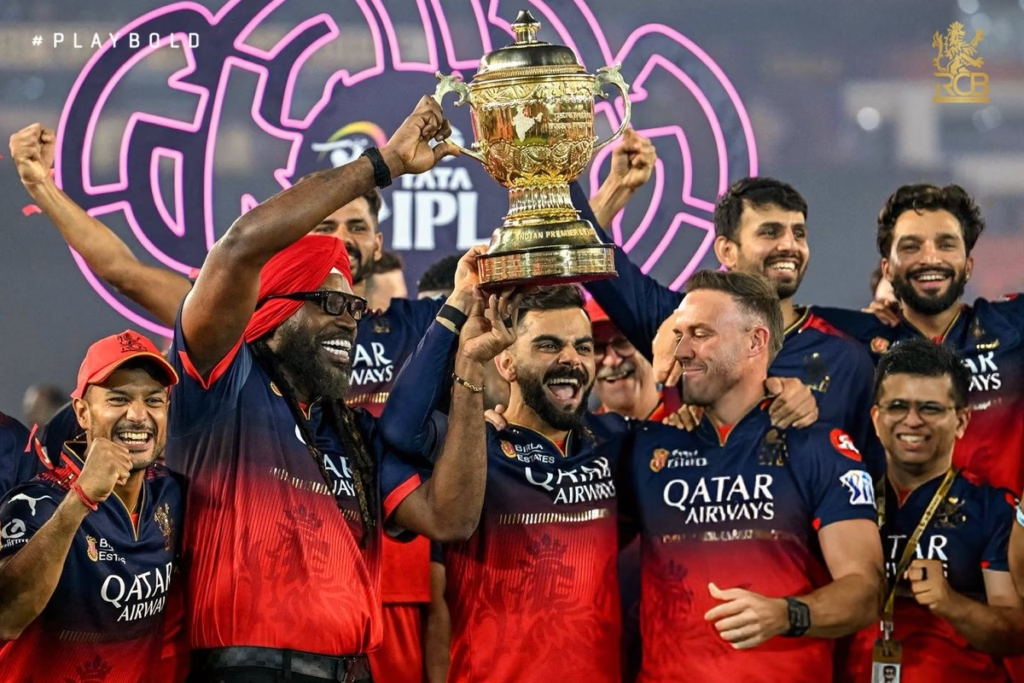Know All About Payment Banks in India
What are Payment Banks?
Payment Banks are a specialized category of banks introduced in India in 2014 based on the recommendations of the Nachiket Mor Committee.
Key Features and aspects of Payment Banks in India:
These banks are designed to operate on a smaller scale with minimal credit risk and focus primarily on providing basic banking and financial services to the unbanked and under-banked population. Here are some features and key aspects of Payment Banks:
1. Financial Inclusion:
- The primary objective of Payment Banks is to advance financial inclusion by extending banking and financial services to areas and populations that have limited or no access to traditional banking services.
- This includes catering to the needs of migrant laborers, low-income households, small entrepreneurs, and other underserved segments of society.
2. Legal Provisions:
- Payment Banks are required to register as Public Limited Companies under the Companies Act 2013 and obtain licenses as per the Banking Regulation Act 1949.
- They are regulated by various regulatory acts including the RBI Act 1934, Foreign Exchange Management Act 1999, and Payment and Settlement Systems Act 2007.
3. Minimum Capital Requirement:
- Payment Banks are mandated to have a minimum capital requirement of Rs 100 crores.
- Additionally, for the first five years of operation, the promoters’ stake should not be less than 40%.
- Foreign shareholdings are also permitted as per the Foreign Direct Investment (FDI) rules applicable to private banks in India.
4. Shareholder Rights:
- The voting rights of shareholders in Payment Banks are capped at 10%, with the potential to be raised to 26% subject to approval from the Reserve Bank of India (RBI).
- This regulation ensures that the control and governance of Payment Banks remain within defined limits.
5. Network Connectivity:
- Payment Banks are required to have fully networked operations from the beginning.
- This includes robust technological infrastructure to support banking transactions, digital payments, and other financial services efficiently and securely.
In summary, Payment Banks play a crucial role in expanding the reach of banking services to underserved segments of the population while adhering to stringent regulatory guidelines set by the Reserve Bank of India. Their focus on leveraging technology and innovation to provide convenient and accessible banking solutions aligns with the broader goals of financial inclusion and economic empowerment.
Features of Payment Banks
1. Types of account:
- Payment banks are limited to opening Savings Bank Accounts and Current Accounts.
- The maximum balance allowed in these accounts is Rs 2,00,000, increased from the previous limit of Rs 1,00,000.
- These banks are not authorized to accept deposits from Non-resident Indians (NRIs).
2. Lending Capacity:
They are prohibited from providing lending services or extending loans.
- They are permitted to issue ATM or Debit cards to customers but are not authorized to issue credit cards.
3. CRR requirements:
- Payments banks are required to maintain Cash Reserve Ratio (CRR) deposits with the RBI, similar to traditional commercial banks.
4. SLR Requirements:
- They must invest at least 75% of their “demand deposit balances” in Government securities/treasury bills that are eligible for Statutory Liquidity Ratio (SLR), with maturities of up to one year.
- Additionally, they are allowed to hold a maximum of 25% of their “demand deposit balances” in current and fixed deposits with other commercial banks for operational needs.
5. Lack of NBFC functions
- Payment banks are prohibited from establishing subsidiaries to engage in Non-Banking Financial Services activities.
- Nonetheless, with approval from the RBI, payment banks can collaborate with other commercial banks to distribute mutual funds, pension products, and insurance products.
6. Other Functions:
- Payment banks have the authorization to offer internet banking and mobile banking services to their customers.
- They are permitted to facilitate utility bill payments for their customers as well as the general public.
- Payment banks can accept remittances to be sent to or received from multiple banks through RBI-approved payment mechanisms such as RTGS, NEFT, and IMPS.
Difference between Payment Bank and Commercial Bank
Commercial Banks: Offer a wide range of financial services, including savings and current accounts, loans, credit cards, and various investment products.
Payment Banks: Primarily focus on providing basic banking services such as accepting deposits, facilitating payments, and remittance services. They cannot offer loans or issue credit cards.
List of Payments Banks (PB) in India
1. Airtel Payments Bank Ltd
2. India Post Payments Bank Ltd
3. FINO Payments Bank Ltd
4. Paytm Payments Bank Ltd
5. Jio Payments Bank Ltd
6. NSDL Payments Bank Limited
Way Forward:
The suggested way forward for the Payment Bank sector involves several key measures:
- Increase profit generation by raising deposit limits and establishing a mechanism for surplus fund transfers to universal banks.
- Facilitate infrastructure sharing between traditional banks and payment banks, such as setting up payment bank desks in traditional bank branches.
- Improve internet connectivity in rural areas to diversify the market and reduce dominance by telecom giants.
- Expand the scope of operations by permitting payment banks to offer mutual fund and insurance products.
- Enhance regulatory vigilance through regular compliance checks for e-KYC and no-frill accounts, alongside implementing the recommendations of the Anand Sinha committee to safeguard payment bank operations from ownership-related risks.
Thanks
Happy reading!











